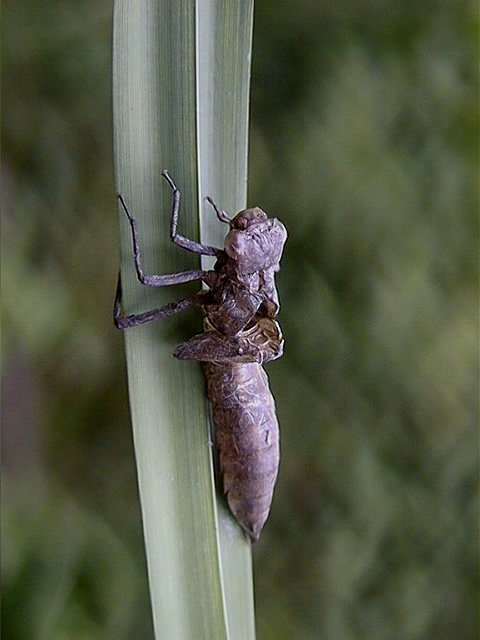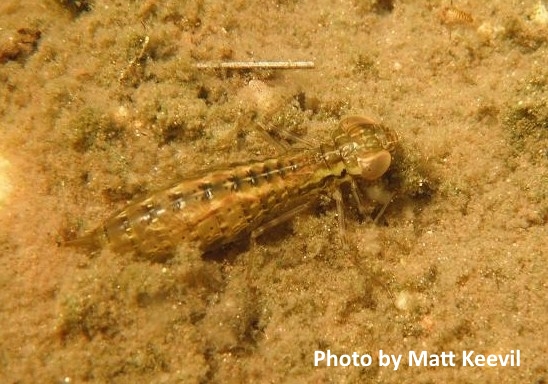

pirica presumably evolved phenotypic plasticity in tadpoles as a defense against specific predators: the inducible bulgy body with heightened tail against larval salamanders and the heightened tail morph against the larvae of the dragonfly Aeshna nigroflava. retardatus larvae under an intimate predator–prey relationship the bulgy morph is only induced by a predation threat from larval salamanders and functions to prevent the tadpoles from being swallowed. The inducible bulgy morphology is believed to be an evolutionary defense against the gape-limited H.

Rana pirica tadpoles display a unique bulgy morph when exposed to their main predator, larval salamander Hynobius retardatus. Tadpoles with a heightened tail depth phenotype show higher survival rates when dragonfly larvae are present. Anuran tadpoles exhibit a range of inducible morphological changes, such as heightened tail depth, in the presence of a threat by various types of pond dwelling predator such as dragonfly larvae. Predator-induced phenotypic plasticity in anuran tadpoles has been extensively studied. One particular type of phenotypic plasticity is that displayed as an inducible defense, which is stimulated directly by cues associated with a predation threat. This phenomenon has long been studied by evolutionary biologists interested in its adaptive significance.

Phenotypic plasticity is the ability to produce different phenotypes under different environmental conditions and to respond to changes in environmental conditions. The differences in gene expression profiles induced by the two predators suggest that there are functional differences between the altered tail tissues of the two groups of tadpoles. The connective tissue of tadpoles exposed to larval salamanders may be looser. Exposure to larval salamanders caused down-regulation of XCIRP-1, which is known to inhibit expression of adhesion molecules the tadpoles showed reduced expression of cα(E)-catenin, small muscle protein, dystrophin, and myosin light chain genes. The higher expression of gremlin 1 and HIF1a genes after exposure to dragonfly larvae indicated an in vivo hypoxic reaction, while down-regulation of syndecan-2 may indicate impairment of angiogenesis. Functional analyses indicated that some of the genes induced by dragonfly larvae caused an increase in laminins necessary for cell adhesion in the extracellular matrix. Thirteen genes were induced specifically by dragonfly larvae, nine others were salamander-specific, and sixteen were induced by both. Predation-threat responsive genes were identified by selecting genes that reverted to control levels of expression following removal of the predator. A further 80 genes showed greater than 5 fold differences in expression after exposure to dragonfly larvae and 81 genes showed altered expression after exposure to larval salamanders.

We identified 9 genes showing large-scale changes in their expression profile: ELAV- like1, methyltransferase like 7A, dolichyl-phosphate mannosyltransferase, laminin subunit beta-1, gremlin 1, BCL6 corepressor-like 1, and three genes of unknown identity. Here, we performed a discriminant microarray analysis using Xenopus laevis genome arrays to compare tail tissues of control and predator-exposed tadpoles. Although both predators induce similar tail morphologies, it is possible that there are functional differences between these tail morphs. Rana pirica tadpoles show morphological changes in response to a predation threat: larvae of the dragonfly Aeshna nigroflava induce heightened tail depth, whereas larval salamander Hynobius retardatus induce a bulgy morphology with heightened tail depth.


 0 kommentar(er)
0 kommentar(er)
